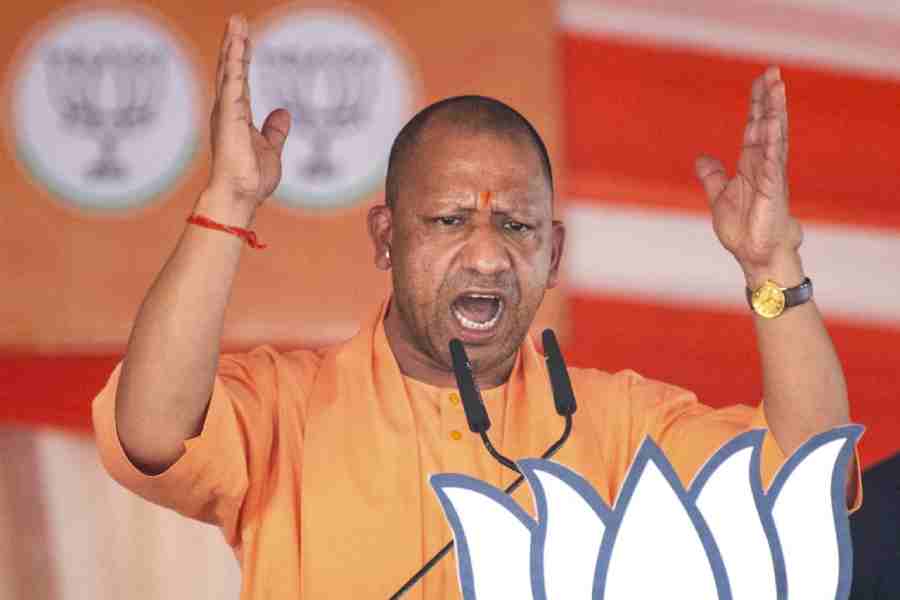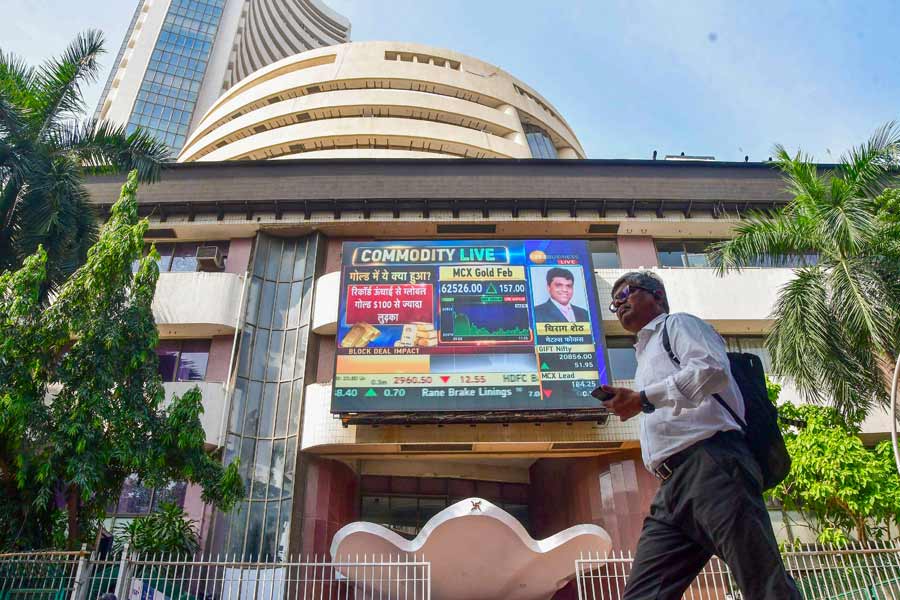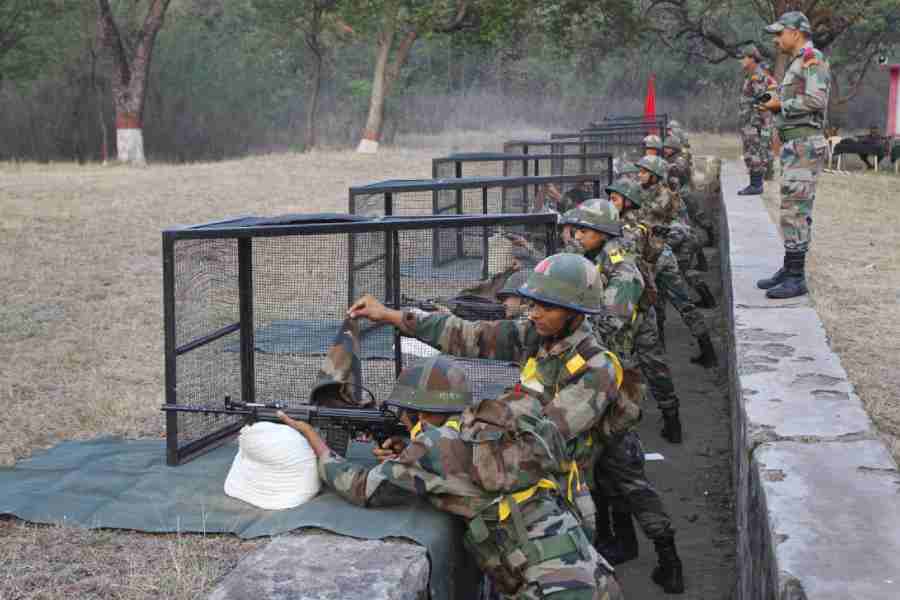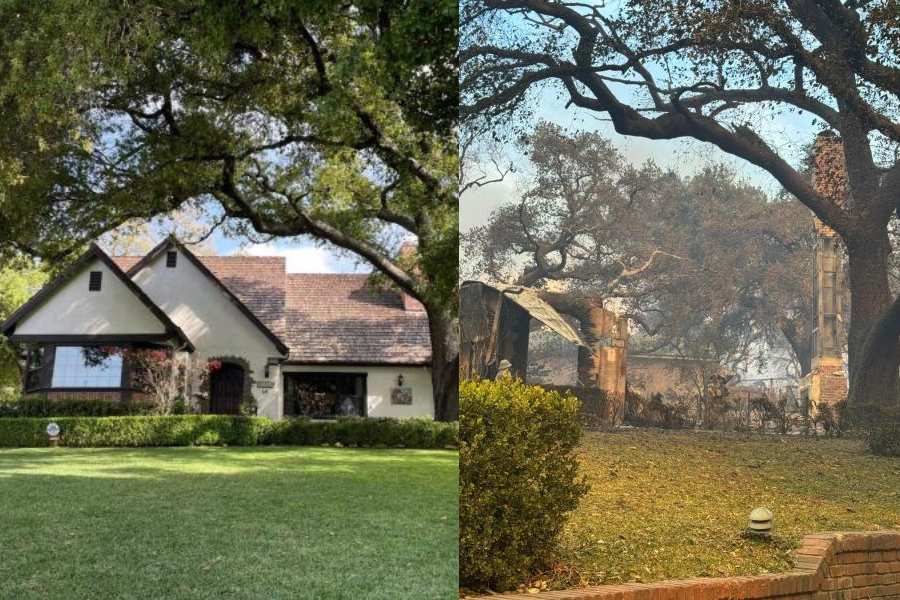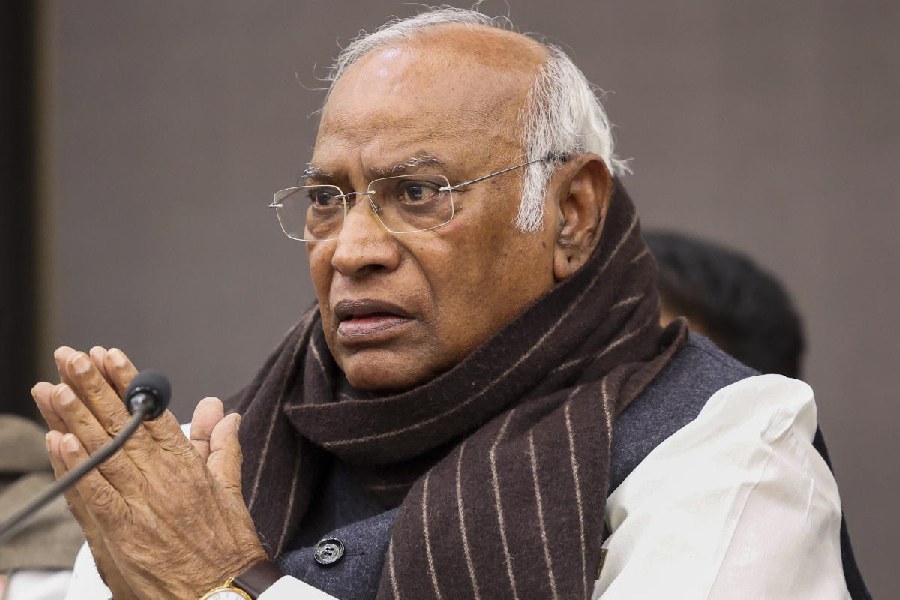The chief minister of Uttar Pradesh, Yogi Adityanath, has made a few interesting comments on the idea of heritage in a recent interview. Referring to the political controversy on the Shahi Jama Masjid in Sambhal, Adityanath said, “reclaiming heritage is not a bad thing. Sanatan proof is now visible in Sambhal. Disputed structures should not be called mosques. India will not be run on the Muslim League
mentality.”
This statement is not surprising at all. Adityanath has worked hard to establish himself as an assertive Hindutva leader. The invocation of sanatan dharma in a more radical and profound manner to create, sustain and nurture new political possibilities revolving around temple-mosque disputes is quite understandable. However, there is something entirely new in this assertion. Adityanath, it seems, is trying to offer a very different interpretation of Indian/Hindu/sanatan heritage. This interpretation stems from an emerging form of Hindutva politics, which has not been given adequate attention after the Supreme Court judgment in the Ayodhya case in 2019. Adityanath underlines four crucial facets of what he describes as Hindu heritage: naming/renaming, site versus structure, process of reclaiming, and futuristic resolve.
Naming/Renaming: Adityanath’s claim that a disputed structure should not be called a mosque reminds us of the second phase of the Babri masjid-Ram Janmabhoomi debate. After the 1989 shilanyas, Hindutva groups started using terms like the Babri dhancha (Babri structure) or Vivadit dhancha (disputed structure) for the masjid. Senior leaders of the Bharatiya Janata Party, including L.K. Advani, made it clear that there had always been a structure over the site of a demolished temple in Ayodhya and for that reason, the building should not be addressed as a mosque. Adityanath’s comments stem from this old Hindutva argument. However, his position is slightly different. He is not merely invested in the Sambhal mosque controversy. Instead, there is an inclination to expand the scope of temple-mosque debates in such a manner that the very existence of non-Hindu places of worship eventually becomes controversial. The term, disputed structures, seems to destabilise the established ways in which historical architecture, especially Islamic religious sites, are envisaged as an inseparable constituent of India’s national heritage.
Site versus structure: It is important to remember that site versus structure was one of the key aspects of the Babri masjid-Ram temple dispute. The land where the mosque once stood became more important in the course of time. In fact, all three principal parties were fighting the legal battle for the site and there was virtually no discussion on the structure, which was illegally demolished by the kar sevaks in 1992. The Supreme Court judgment in 2019 gave serious attention to this fact. The court made it clear that the structure of the Babri masjid had a significance of its own. That was the reason why the demolition of the mosque was described as a criminal act and Muslim parties were given a five-acre land for the construction of a new mosque.
This crucial legal distinction between site and structure, however, paved the way for a new kind of Hindutva politics. The recent controversies on historical mosques are not merely about sacred temples, which were allegedly demolished by Muslim rulers. Instead, it is about the sacredness of the land on which these controversial mosques were allegedly built in the past to dishonour Hinduism. Adityanath also relies on this land-centric imagination to make a profound argument that the sanatan built heritage is inextricably linked to the Hindu faith in the holiness of the motherland. The structures of mosques, in this framework, simply emerge as unwanted and/or external entities.
Process of reclaiming: The process to reclaim Hindu heritage is also guided by the Ayodhya case. Adityanath argues that retrieving Hindu heritage is a genuine demand, which, according to him, has been recognised by the court of law in the Ayodhya judgment. However, he makes an interesting modification in the conventional Hindutva proposal that the three fundamental sites associated with Hindu faith (astha) — Babri masjid in Ayodhya, the Gyanvapi mosque in Benares and the Shahi Idgah in Mathura — ought to be returned to Hindus purely on religious grounds. He brings in a much broader idea of Hindu heritage to make the process of reclaiming politically viable and practically continuous. The active transformation of functional places of worship into controversial Hindu-Muslim legal disputes may create an environment of ever-evolving competitiveness. Sambhal’s Jama Masjid is a good example in this regard. It is a functional religious site, which has been used by Muslim worshippers as a mosque for centuries. At the same time, the mosque is also protected by the Archaeological Survey of India as a historical monument. The conversion of this place of worship into a disputed site will not remain restricted to the legal battles fought in the court of law; it will eventually affect the social life of communities living together in this town as natives and neighbours.
Futuristic resolve: Adityanath offers us an interesting way to solve these temple-mosque disputes. He calls upon ‘Muslim society’ to come forward and return these disputed mosques and shrines to ‘Hindu society’ to help establish communal harmony in the country. Such suggestions are not entirely new. In fact, various rounds of ‘out of court’ negotiations organised by different governments in the past were based on the logic that Hindus and Muslims should sit down and resolve contentious issues. There are two problems with this imagination of communal harmony. First, the idea of a unified Hindu and/or Muslim society is extremely problematic. Indian faith communities are highly diversified and it is impossible to envisage them as neatly divided, competitive, political stakeholders. This makes the idea of representation much more complicated — who will represent Hindu or Muslim sentiments in such negotiations? Secondly and perhaps more importantly, the new controversies on the status of functional mosques as legitimate Islamic religious places of worship cannot be described as communal conflicts primarily because common Hindus and Muslims are not at all involved in these issues.
This new imagination of Hindu heritage seems to constitute an interesting political perspective, which is going to determine the future trajectories of communal debates and conflicts in the country.
Hilal Ahmed is Associate Professor, CSDS, New Delhi

